How global conservation decisions take shape
Writing from the vast halls of Abu Dhabi’s famed Abu Dhabi National Exhibitions Company (ADNEC) Centre, where more than 10,000 people have gathered for the IUCN World Conservation Congress, the energy is palpable.
Hosted by the International Union for Conservation of Nature (IUCN), this Congress is a meeting of minds from across the globe: governments and subnational authorities, international and national NGOs, Indigenous Peoples’ Organisations, joined by scientists, conservation experts, and passionate citizens.
At the core of the week-long event lies one of the most distinctive and democratic features of the IUCN Congress, the motions process. It is here, within the Members’ Assembly, that proposals on some of the most pressing environmental and conservation issues are debated, amended, and ultimately voted on by IUCN’s Membership.

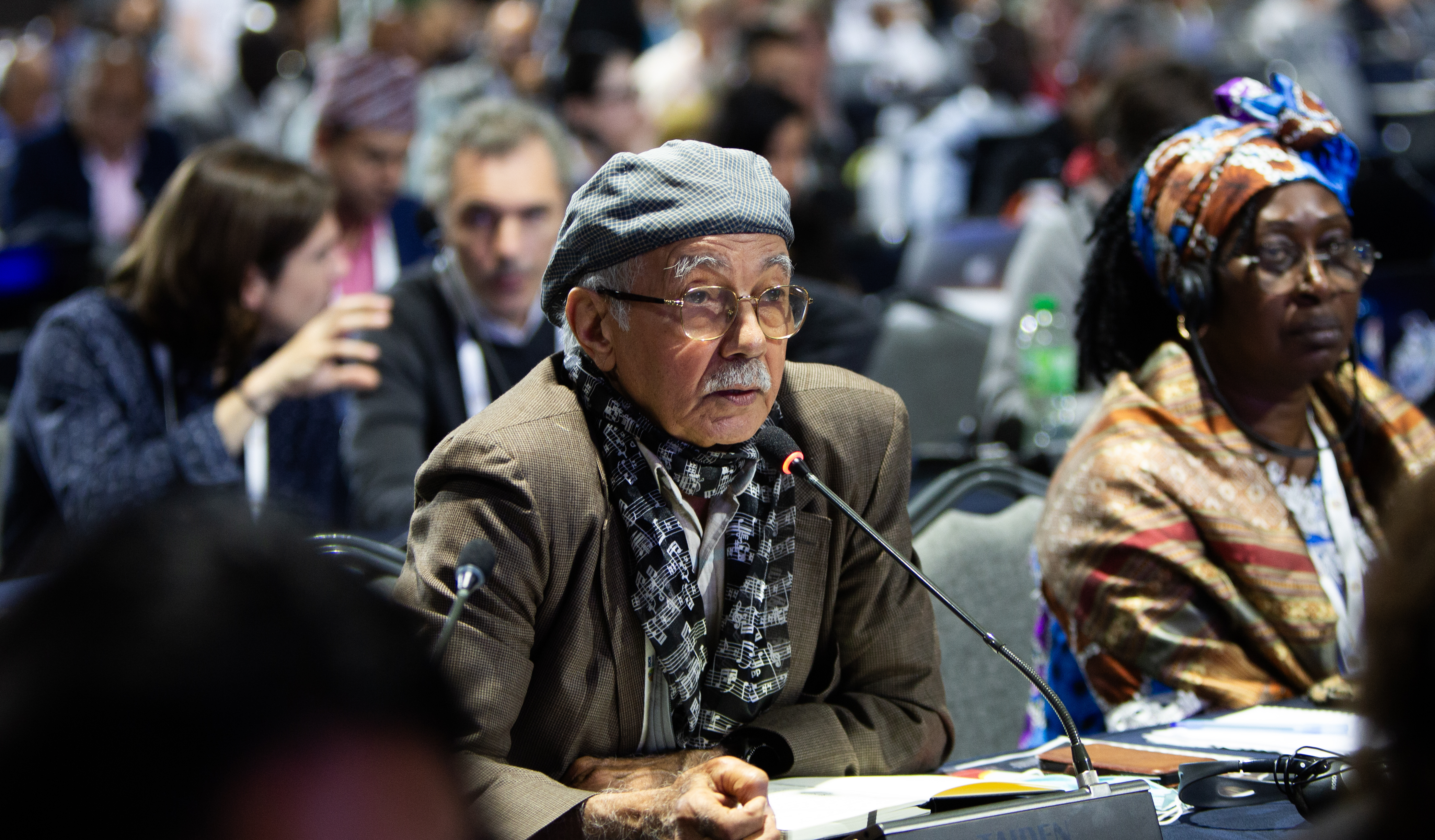
Who makes up IUCN’s Membership?
IUCN Members are institutions and organisations with a common interest in creating a just world that values and conserves nature. Member organisations can be:
- Government agencies
- Subnational governments
- National and international non-governmental organisations
- Indigenous Peoples Organisations
- States and political and/or economic integration organisations
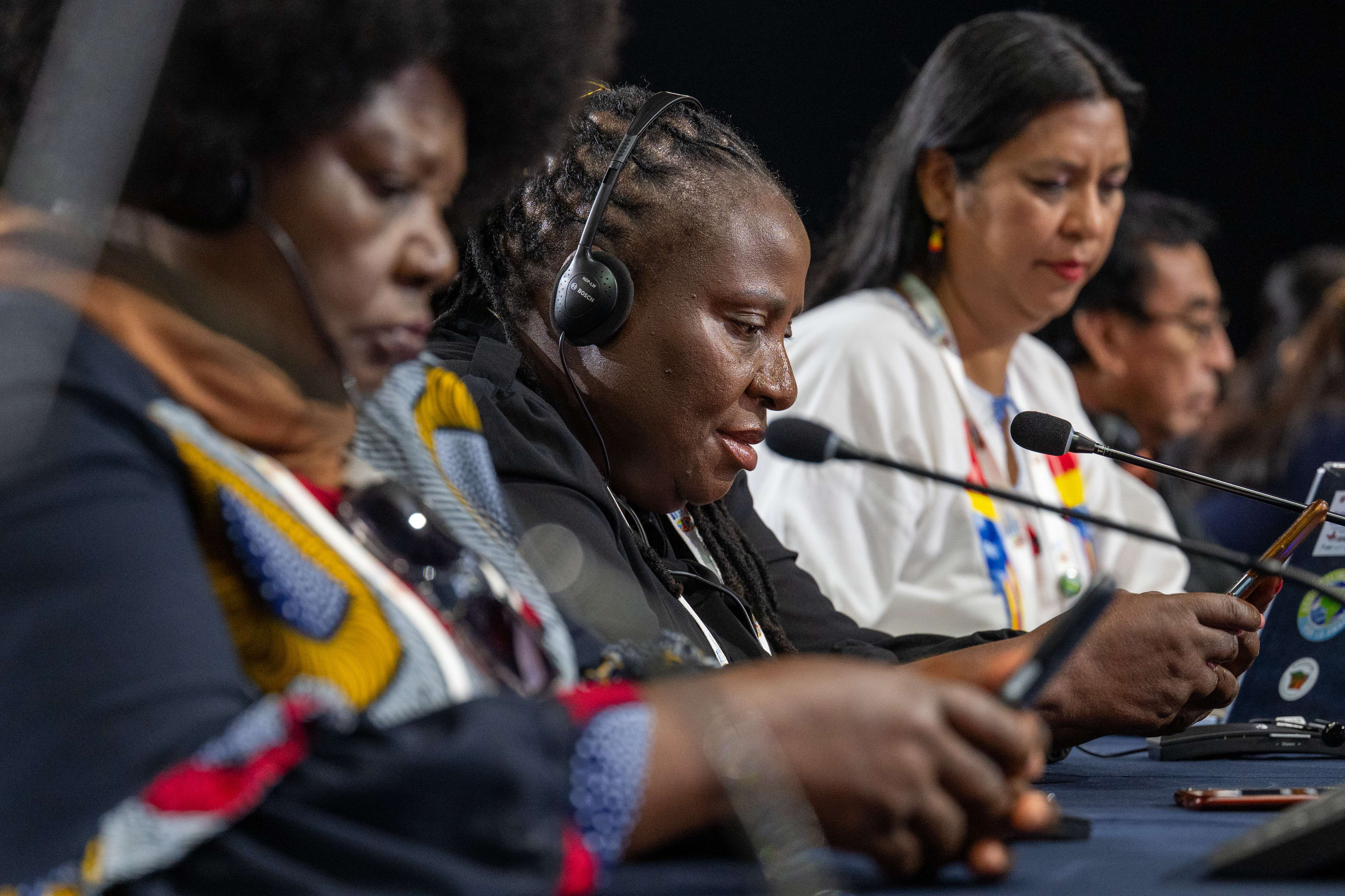
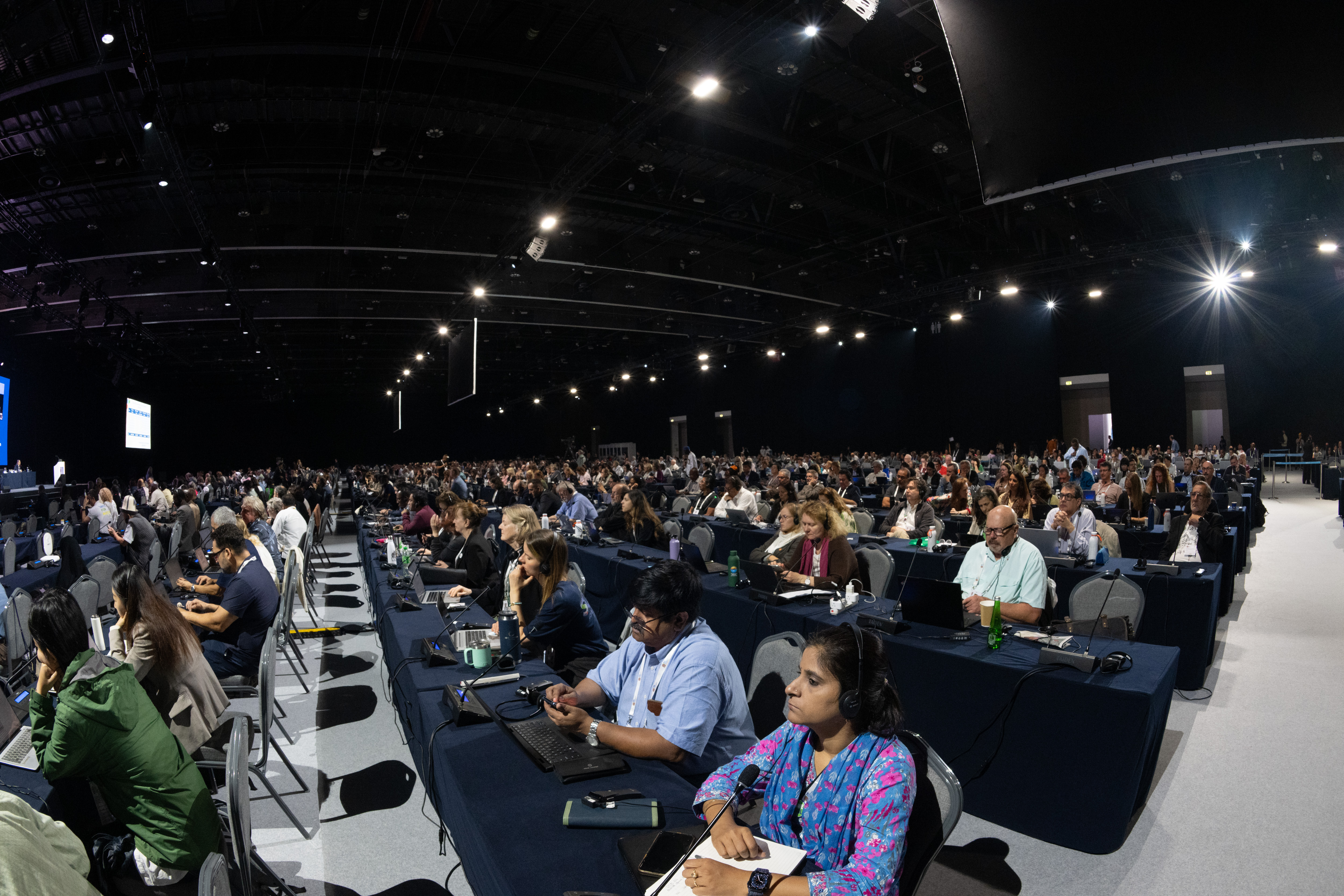
By the end of the week of intensive deliberations, these motions will chart IUCN’s course for the next four years and beyond, shaping the Union’s priorities and influencing conservation policy worldwide.
Motions, in accordance with IUCN Rules of Procedure of the World Conservation Congress, a motion means a draft in writing of any decision which the World Congress is requested to take. Such motion may take the form of a resolution, recommendation, expression of opinion or proposal. When adopted, motions become Resolutions and Recommendations. Resolutions are aimed primarily at IUCN itself, while Recommendations are directed to other agencies, third parties or the world at large. Together, they form a collective roadmap, born out of deliberation and compromise, yet binding in vision.
How the motions process works
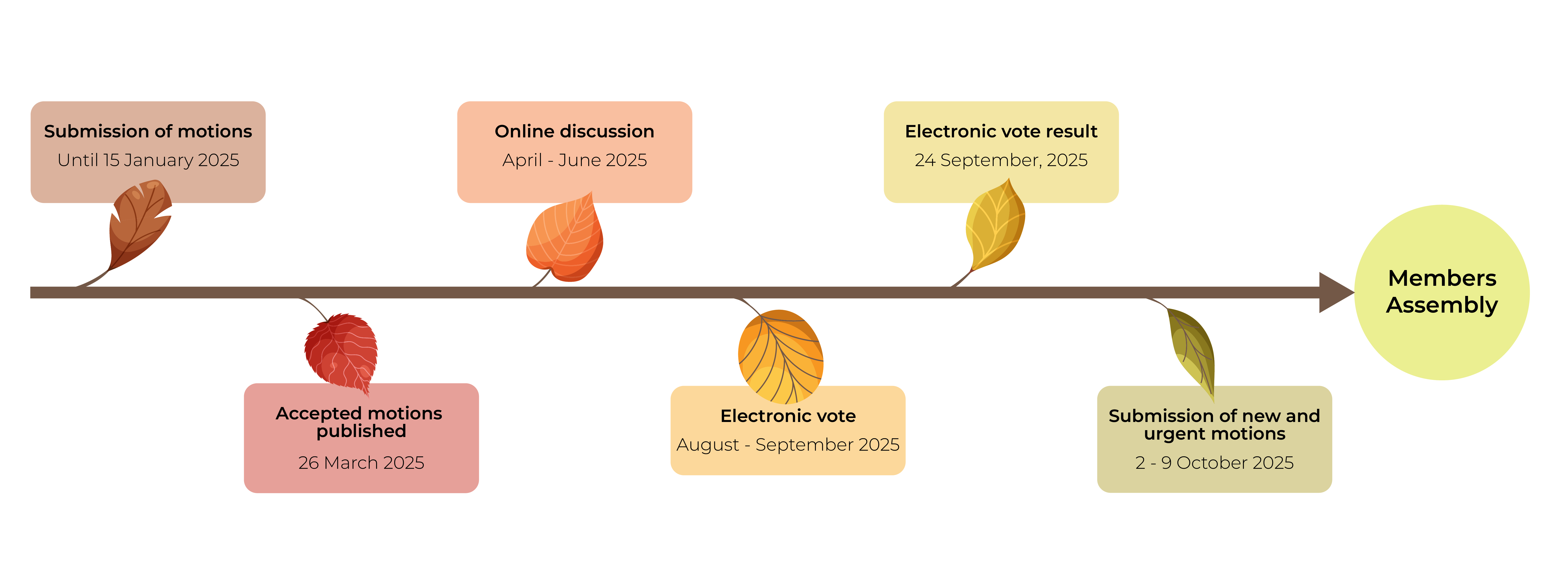
The road to Abu Dhabi began long before delegates arrived. In the months leading up to the Congress, IUCN issued its global call for motions, inviting Members to put forward issues they believe should define the agenda. A total of 200 motions were submitted for the 2025 World Conservation Congress, spanning everything from biodiversity protection to climate adaptation, geoengineering and Indigenous rights. Of these, 138 were ultimately deemed to have met the admission criteria and were therefore considered by Members.
While the breadth of topics reflects the diversity of IUCN’s Membership, not every motion finds its way onto the plenary floor. In the weeks before the Congress, many motions are voted on electronically, ensuring efficiency while capturing the global voice. Those that remain, often the most complex or contentious, become the focus of live debate and decision-making at the Members’ Assembly. View motions voted online here
This process embodies both democracy and diplomacy. IUCN Members large and small, from sovereign states to grassroots organisations, cast their votes. The results carry authority, setting the tone for international conservation action until the next Congress convenes.
“A big part of what makes IUCN’s Resolutions impactful is that they have gone through such a rigorous consultation with so many different stakeholders across the Union. Done well, IUCN’s convening power yields decisions that speak for the global conservation community and therefore have a range of champions to ensure that they are more than just words on paper but lead to real change in the world,"
said David Goodman, Senior Multilateral Policy Officer at IUCN.
Why it matters
Since 1948, IUCN Members have adopted almost 1,500 Resolutions and Recommendations. Behind the formalities of drafting, debating, and voting lies something much bigger: the recognition that global environmental challenges demand collective solutions. Each motion represents not just a policy tool, but also a reflection of shared priorities across cultures, geographies, and institutions. Indeed, they have been among the Union’s most effective means of influencing global conservation policy at all levels, contributing to environmental law, promoting linkages between conservation and gender issues and human rights, and developing global standards and indicators for conservation and sustainable development.
Consider some of the landmark motions of past Congresses:
- In 2016, members voted overwhelmingly for a motion calling on governments and corporations to phase out the use of plastic microbeads, sparking bans and reforms across multiple countries.
- At the 2020 Marseille Congress, a highly debated motion led to IUCN’s stance opposing deep-sea mining, a decision that influenced both national moratoriums and corporate divestments.
- Other motions have urged the protection of primary forests, the recognition of Indigenous Peoples’ rights, and the inclusion of “Rights of Nature” within decision-making.
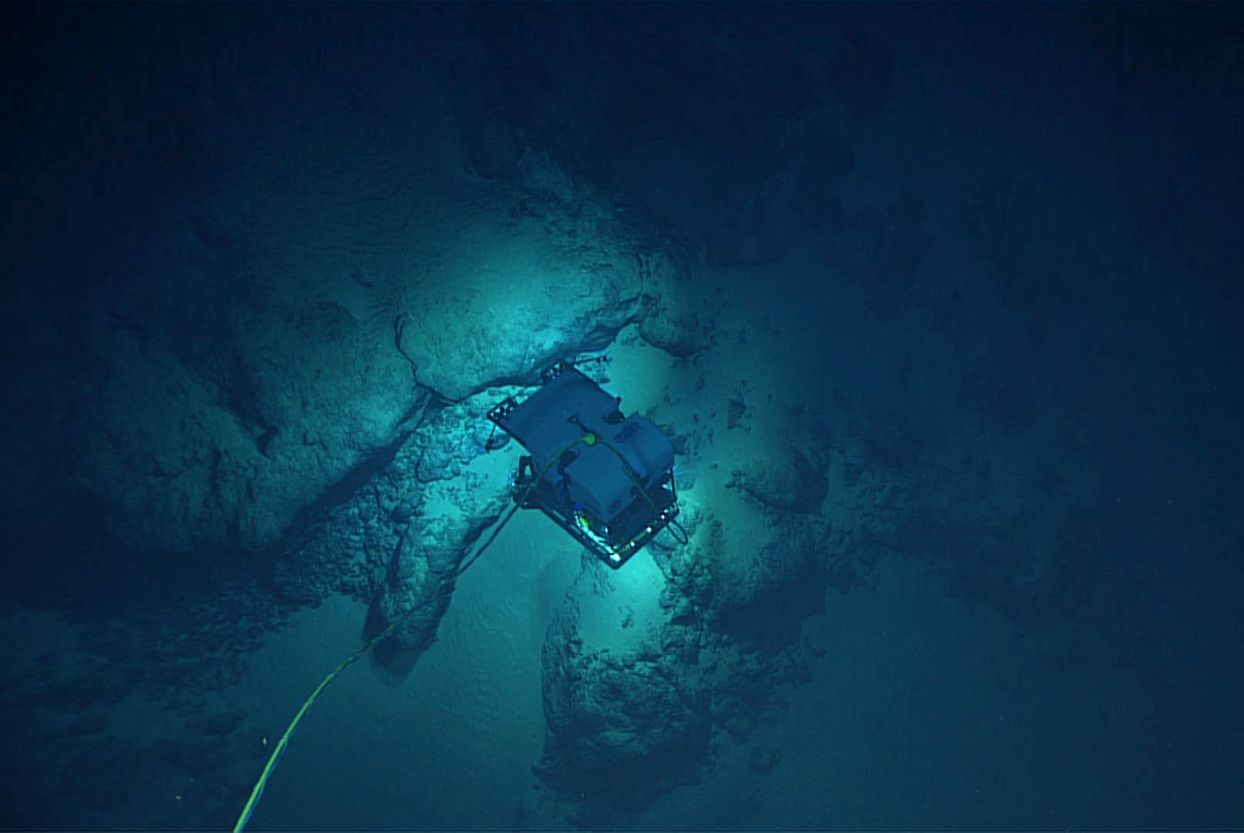


Each of these decisions reverberated beyond the walls of the Congress, shaping international dialogue and national policies in ways that continue to unfold today.
At the IUCN Congress, the motions process is more than governance; it is the beating heart of IUCN’s democratic experiment, where the future of conservation is shaped, one vote at a time.






